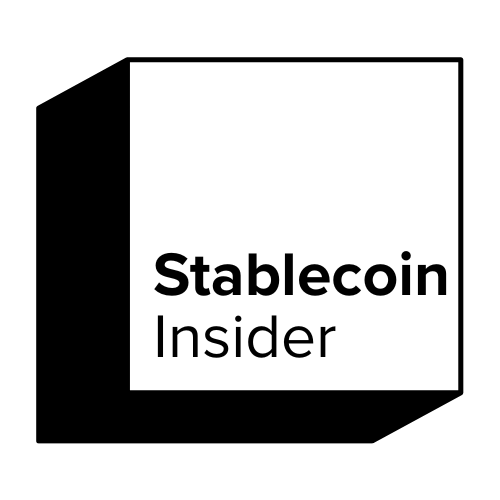Stable Sea, a new player in the fintech space, has officially launched its platform aimed at simplifying corporate transactions using stablecoins. With a recent capital raise of $3.5 million, the company seeks to address the challenges faced by businesses in cross-border payments, particularly for large transactions.
Key Takeaways
- Stable Sea aims to streamline corporate stablecoin transactions by providing a user-friendly platform.
- The company addresses major pain points such as limited liquidity, long settlement times, and complex integrations.
- Automation and data orchestration are central to Stable Sea’s value proposition.
The Challenge of Cross-Border Payments
Cross-border payments have long been a headache for businesses, especially when dealing with large sums of money. Tanner Taddeo, CEO and co-founder of Stable Sea, highlighted three significant challenges:
- Limited Liquidity: Large transactions often struggle to find sufficient liquidity.
- Long Settlement Times: Traditional banking systems can delay transactions for days.
- Complex Integrations: The need for multiple intermediaries complicates the process.
Stable Sea aims to tackle these issues head-on by providing a platform that facilitates the use of stablecoins for corporate treasurers.
A New Approach to Stablecoins
Stablecoins have been heralded as a solution to the inefficiencies of traditional banking systems. They allow for real-time transactions without the need for multiple intermediaries. However, the current off-ramping processes remain cumbersome and manual, often requiring negotiations through messaging apps for large payments.
Taddeo explained, "Even today, if you’re built on a private blockchain and want to move $5 million from the U.S. to Mexico, most of that process isn’t automated. Corporate treasurers still call humans, negotiate rates, and send confirmations for approval."
The Stable Sea Solution
Stable Sea’s platform is designed to eliminate these inefficiencies by aggregating liquidity sources and compliance tools into a single orchestration platform. Key features include:
- Data Orchestration: Instead of moving funds directly, Stable Sea focuses on moving data, connecting treasurers with liquidity providers and compliance systems.
- User-Friendly Dashboard: The platform offers a centralized dashboard for managing transactions, making it accessible for non-technical users.
- Automation: By leveraging APIs and smart contracts, Stable Sea enables businesses to programmatically convert digital assets into local fiat currencies.
Use Cases and Future Outlook
Stable Sea identifies several core use cases for its platform:
- Treasury Money Movement: Facilitating cross-border transactions for corporate treasurers.
- Supplier Payments: Streamlining payments in emerging markets like Argentina and Mexico.
- Cross-Border Payroll Management: Simplifying payroll processes for global enterprises.
Looking ahead, Taddeo believes that addressing these inefficiencies is crucial for broader adoption of stablecoins among enterprises. He stated, "Stablecoin adoption will only grow if inefficiencies in usage are solved. We’re focused on working closely with partners and customers to address pain points and unlock more transaction volume."
Conclusion
Stable Sea’s emergence from stealth mode marks a significant step towards revolutionizing corporate stablecoin transactions. By bridging the gap between blockchain technology and real-world financial needs, Stable Sea aims to transform the landscape of cross-border payments, making them more efficient and accessible for businesses worldwide. Taddeo concluded, "If we can help money move more efficiently worldwide — then we’ve done our job."

